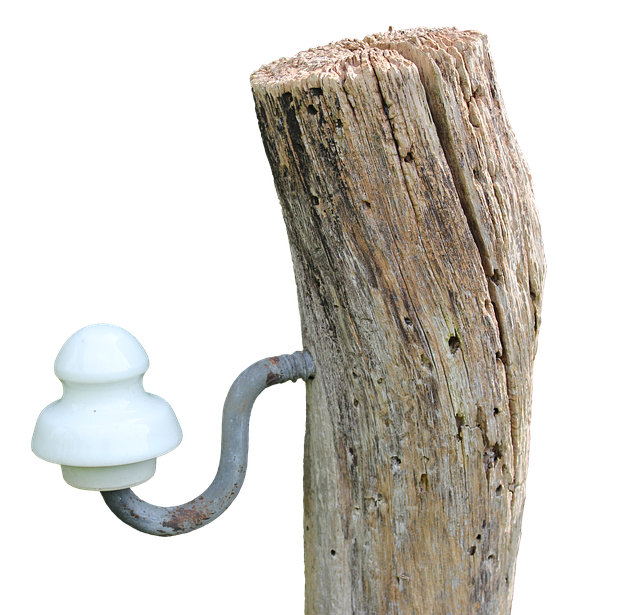Maintaining your New Bedford privacy fence is essential for preserving its aesthetic appeal, structural integrity, and the peace of mind that comes with knowing your outdoor space is secure. This guide equips homeowners with comprehensive tips tailored to the unique considerations of their New Bedford environment. From understanding the materials used in your fence to implementing regular cleaning and inspection protocols, these steps ensure optimal performance year-round. By addressing key repairs promptly and adopting seasonal maintenance practices, you can extend the lifespan of your privacy barrier, fostering a safe and enjoyable outdoor haven.
- Understanding Your Privacy Fence's Materials
- Regular Cleaning and Inspection Protocols
- Key Repairs to Address Immediately
- Seasonal Maintenance: Spring & Fall Tips
- Professional Assistance: When Needed
Understanding Your Privacy Fence's Materials
Understanding your privacy fence’s materials is crucial for effective maintenance. Different types of fences, such as wood, vinyl, or metal, require distinct care routines. For example, wooden fences need regular cleaning and sealing to prevent rot and insect damage, while vinyl fences are low-maintenance and only require occasional cleaning with mild soap and water. Metal fences, though durable, should be checked for rust and painted or coated regularly to maintain their integrity.
Each material has unique vulnerabilities and strengths, so identifying yours will help you tailor your maintenance routine accordingly. This proactive approach ensures not only the longevity of your privacy fence but also maximizes its protective function against unwanted gaze while enhancing the overall aesthetics of your New Bedford home.
Regular Cleaning and Inspection Protocols
Regular cleaning is essential to maintain the integrity and appearance of your privacy fence. It’s recommended to sweep or vacuum the fence at least once a week to remove dust, dirt, and debris that can accumulate over time. A soft-bristled brush can be used to gently scrub any stains or discolored areas. Additionally, inspecting the fence on a monthly basis is crucial for early detection of any damage, rot, or pest infestations. Look for cracks, warping, or loose boards, addressing these issues promptly to prevent further deterioration.
During inspections, check all joints and fasteners to ensure they remain tight and secure. Repair or replace any broken or missing components immediately. Keeping an eye on potential problems will help extend the life of your privacy fence, ensuring it continues to provide the seclusion and security you desire.
Key Repairs to Address Immediately
Privacy fences take a beating from weather, foot traffic, and other elements, so it’s crucial to address key repairs immediately. One of the most common issues is rot, which can weaken the fence structure. Inspect your fence for any signs of decay, especially at the bottom where water tends to accumulate. If you notice rotten boards or posts, replace them promptly to prevent further damage. Another vital repair involves fixing or replacing loose or missing pickets—these vertical boards help maintain the fence’s integrity and security. Regularly check for any gaps that might have opened up between pickets due to settling or weather conditions, as these can compromise privacy and security.
Don’t overlook the importance of securing the fence to your property and neighboring fences. Rusted or loose brackets, posts, or anchors can cause the fence to lean or shift over time, leading to more serious damage. Reinforce and tighten these connections to ensure stability and longevity. Lastly, pay attention to gate functionality. Worn hinges, broken latches, or stiff mechanisms should be serviced or replaced to maintain smooth operation and prevent disruptions in your privacy barrier.
Seasonal Maintenance: Spring & Fall Tips
Spring and fall mark the perfect times for privacy fence maintenance, as the weather is mild and nature is in full bloom. During spring, inspect your fence for any signs of damage caused by winter’s harsh conditions. Repair or replace any broken pickets or rails promptly to ensure structural integrity. Prune nearby trees and shrubs to prevent overgrowth that can obscure your fence’s purpose. Consider power washing the fence to remove dirt and debris, revealing its original beauty.
In fall, before the cold sets in, take time to clean and maintain your privacy fence. Remove any dead leaves or debris accumulating on top of the fence, as they can attract pests. Check for loose or damaged boards and make repairs to prevent water damage during winter. Apply a fresh coat of paint or sealant if needed, enhancing its aesthetic appeal and protective layer against the elements.
Professional Assistance: When Needed
For many homeowners, maintaining a privacy fence is a manageable task when approached with regular care and simple repairs. However, there are times when professional assistance becomes necessary. If your fence exhibits severe damage, such as broken posts or substantial rot, hiring a specialist is crucial. These professionals have the tools and expertise to handle complex issues while ensuring structural integrity.
Professionals can also assist in installation if you’re replacing an old fence or constructing a new one. Their knowledge of local building codes and proper fencing techniques guarantees a sturdy and secure barrier that will better protect your privacy and property.
